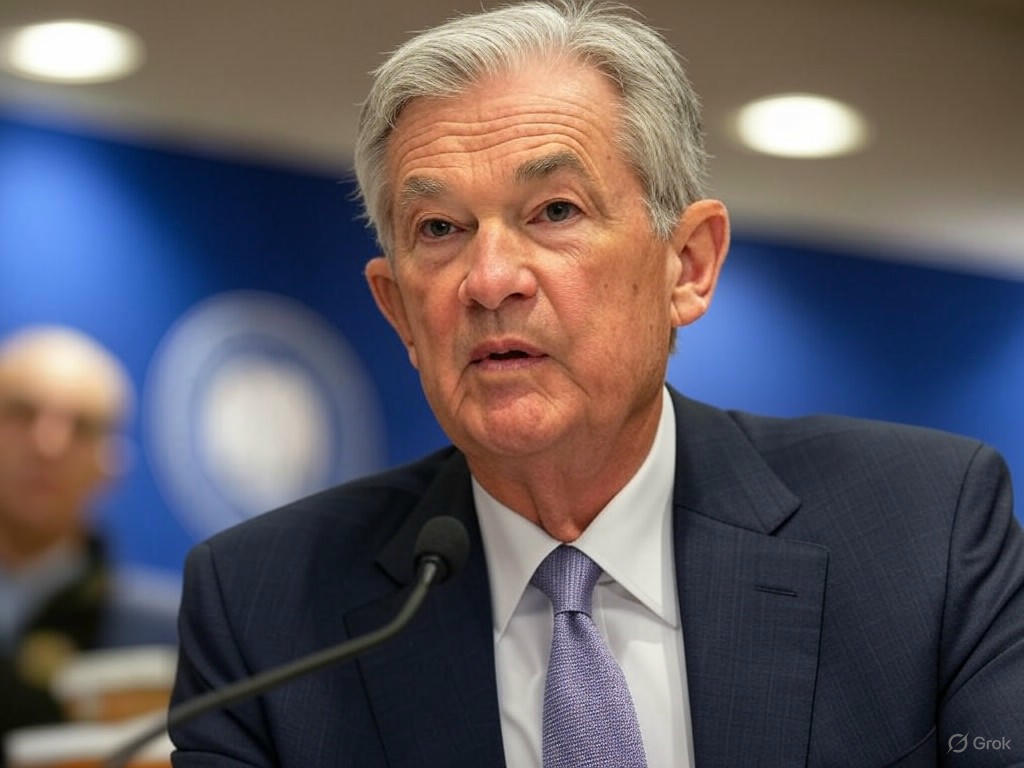In a move that could reshape the financial landscape, the Federal Reserve has scheduled a pivotal meeting to deliberate on loosening leverage restrictions for major banks. This development, set to unfold in the coming weeks, signals a potential shift in regulatory oversight that might allow larger financial institutions to take on more risk in their operations. The announcement has sparked a flurry of speculation among industry experts and market watchers about the implications for economic stability and banking practices.
The leverage ratio, a critical measure of a bank’s capital relative to its total assets, has long been a cornerstone of post-financial crisis reforms. These rules were designed to prevent excessive borrowing by banks, ensuring they maintain a buffer of capital to absorb losses during economic downturns. However, critics argue that overly stringent requirements can stifle lending and hinder economic growth, especially in times of recovery. The Fed’s willingness to revisit these standards suggests a balancing act between safeguarding the financial system and fostering a more dynamic banking environment. Sources familiar with the matter indicate that the central bank is responding to feedback from industry stakeholders who have lobbied for greater flexibility in capital rules.
If the Federal Reserve opts to ease these regulations, the impact could be far-reaching. Larger banks might gain the ability to expand their balance sheets, potentially increasing lending to businesses and consumers. This could stimulate economic activity, particularly in sectors reliant on credit. However, skeptics warn that reducing leverage requirements could reintroduce vulnerabilities reminiscent of the 2008 financial crisis, where excessive risk-taking by banks played a central role. Analysts are keenly observing how the Fed will address these concerns, with some predicting the introduction of alternative safeguards to mitigate potential downsides. The central bank’s decision-making process is expected to weigh historical lessons against current economic needs, a challenge that underscores the complexity of modern financial regulation.
Beyond immediate market reactions, the outcome of this meeting could influence global banking standards. As one of the world’s leading financial authorities, the Federal Reserve often sets a precedent for other central banks. A relaxation of rules in the U.S. might encourage similar adjustments abroad, reshaping international finance. Conversely, a cautious approach could reinforce the importance of stringent oversight in an interconnected global economy. Stakeholders, from Wall Street executives to small business owners, are bracing for the ripple effects of the Fed’s deliberations.
As the meeting date approaches, all eyes are on Washington for clues about the future of banking regulation. The Federal Reserve’s decision will likely serve as a litmus test for its broader policy direction under evolving economic conditions. Whether this marks the beginning of a new era of deregulation or a cautious tweak to existing frameworks remains to be seen. One thing is certain: the financial world is watching closely, ready to adapt to whatever comes next.
